Humans have long been fascinated by the majestic presence of big cats, from lions and tigers to leopards and jaguars. In addition to their prominence in the wild, big cats are often found in zoos and sanctuaries, where efforts are made to enrich their environment. One intriguing aspect of animal enrichment is the exploration of how music impacts captive animals, particularly big cats. But do these powerful creatures actually respond to music?
The Science Behind Animal Enrichment

Animal enrichment is a practice used in zoos and sanctuaries to improve the well-being of captive animals by providing stimuli that encourage natural behaviors. Enrichment can come in many forms, including physical challenges, novel objects, sensory stimuli, and, quite interestingly, music. The goal is to enhance the animal’s quality of life and reduce stress through diverse environmental experiences.
Auditory Sensitivity in Big Cats
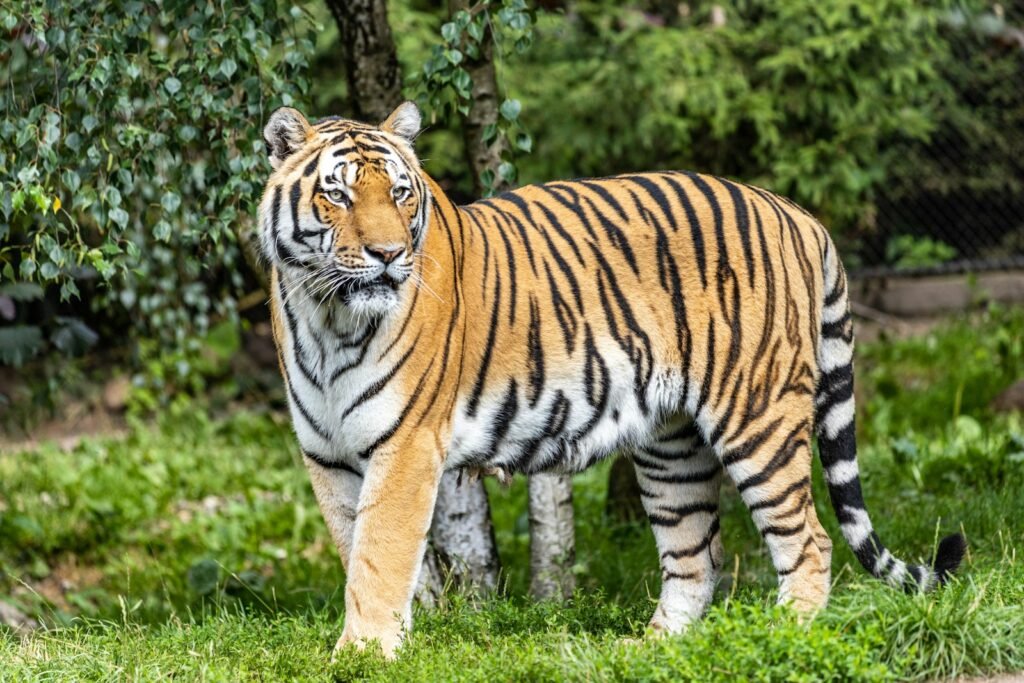
Big cats possess acute auditory senses, adapted for hunting in the wild. Their ears can detect a wide range of frequencies, which helps them locate prey even in dense forests or grasslands. This heightened sensitivity to sound also makes them susceptible to the auditory elements of their captive environment, including music. Understanding their auditory range is crucial in selecting the right kind of music for enrichment purposes.
Types of Music Used in Enrichment Programs
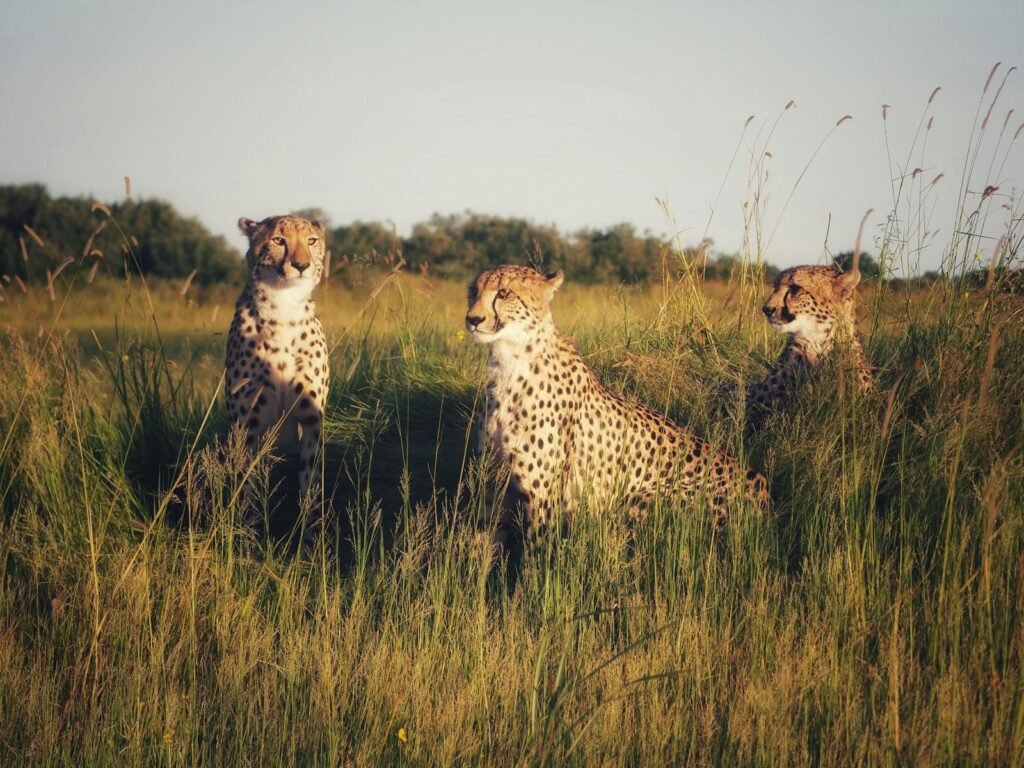
The type of music played in big cat enclosures can vary, from classical compositions to contemporary tunes. Researchers and zookeepers often experiment with different genres to observe any behavioral changes in the animals. Classical music is often chosen because it tends to have a calming effect on many animals, including humans. However, some facilities explore more eclectic genres to see if they elicit different responses.
Observing Behavioral Responses to Music
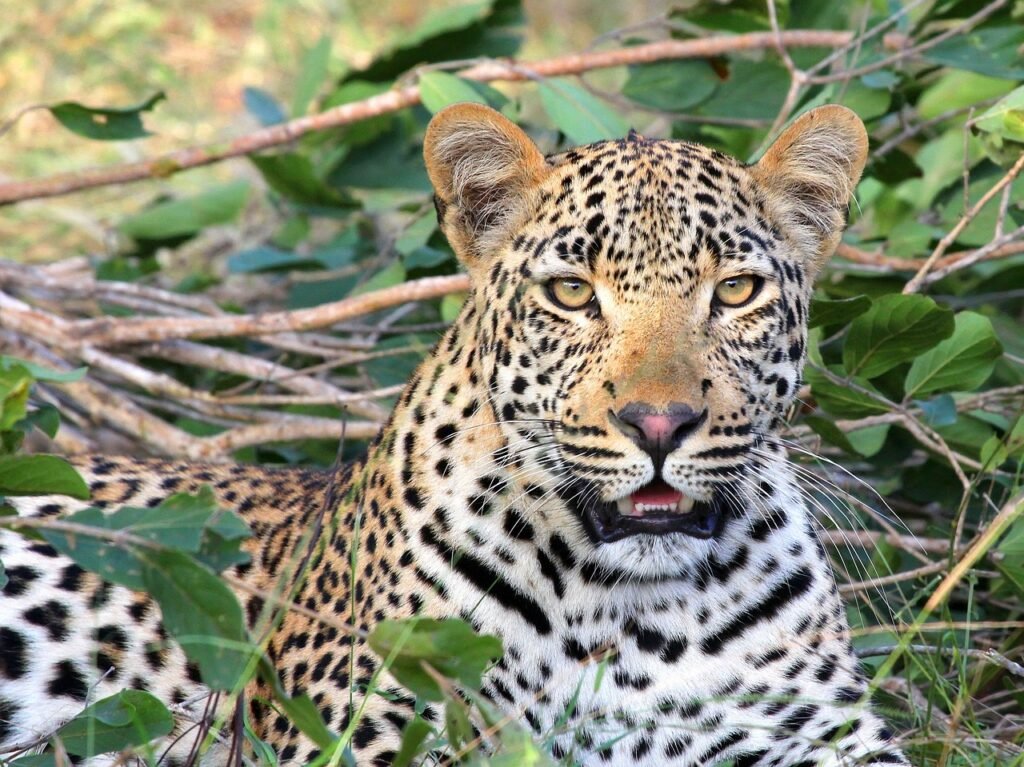
Studies and anecdotal evidence have shown mixed reactions from big cats when exposed to music. Some cats appear intrigued or relaxed, while others seem indifferent or even stressed. Certain behavioral changes such as lounging, vocalizations, or playful activities can indicate a positive response. Detailed observations are essential to assess whether these changes are directly related to the music or coincidental.
The Role of Individual Personality and Preference
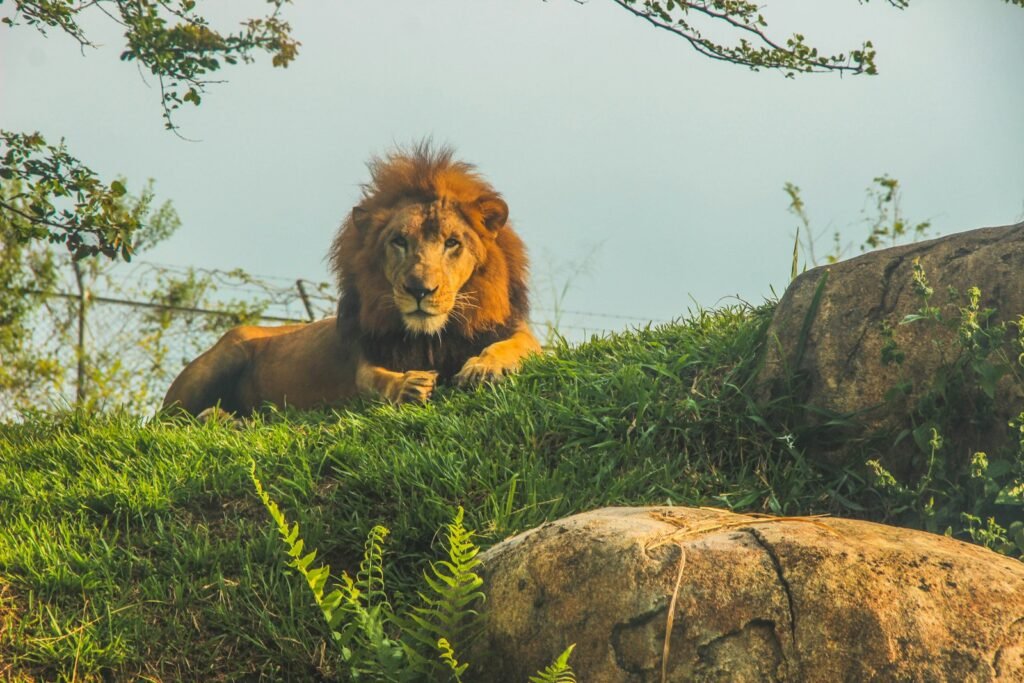
Just like humans, individual big cats have unique personalities and preferences. What soothes one lion might irritate another. This individuality means that responses to music can be highly variable, even among cats of the same species. Understanding each animal’s personality can help caretakers tailor enrichment programs to better suit their needs and preferences.
Research Studies on Music and Big Cats
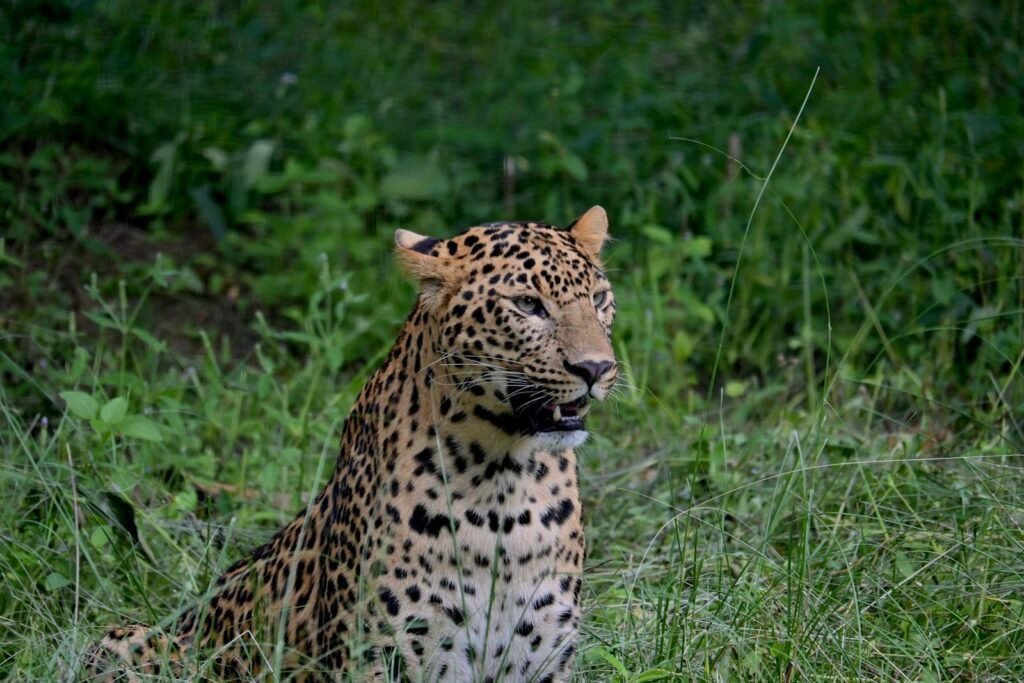
Several research studies have explored the effects of music on big cats, though the field is still relatively underdeveloped. One notable study involved playing different genres of music to a group of tigers to monitor any physiological or behavioral changes. Results demonstrated that certain types of music could decrease indicators of stress and encourage natural behaviors, although the effects were not uniform across all subjects.
Music as a Tool for Stress Reduction

One of the key benefits of playing music for big cats in captivity is stress reduction. Captive environments can be stressful due to limited space, lack of stimuli, and exposure to unfamiliar visitors. Playing calming music can serve as an auditory enrichment tool, potentially reducing stress-related behaviors such as pacing or aggression. This has been particularly beneficial in sanctuaries where animals come with a history of trauma or neglect.
Challenges in Implementing Musical Enrichment
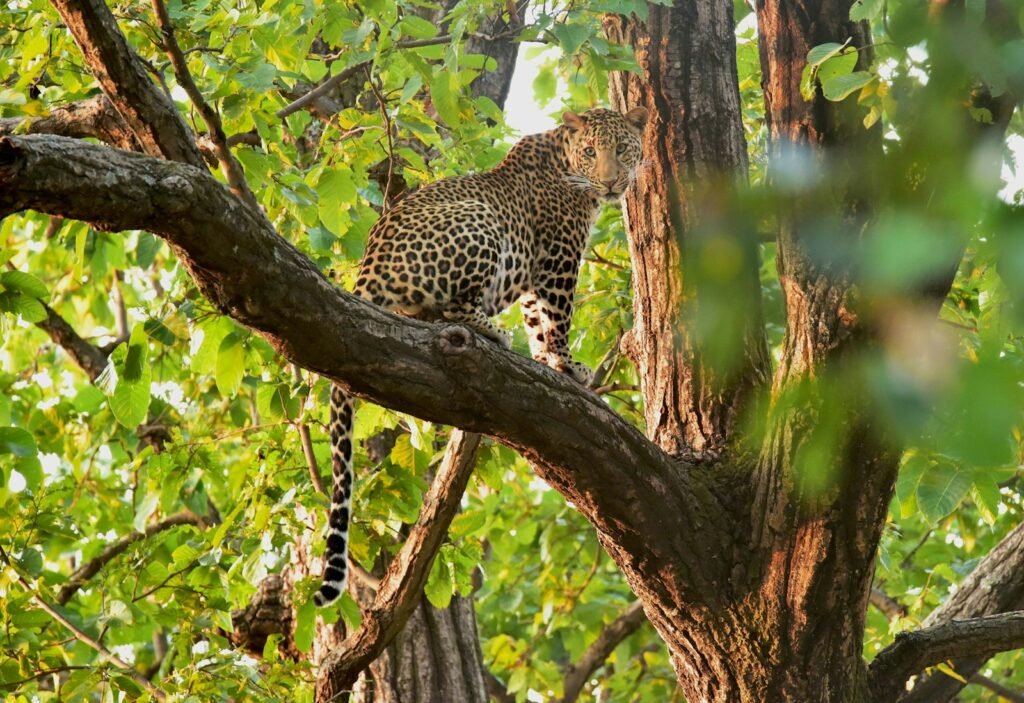
Despite its potential benefits, incorporating music into enrichment programs for big cats isn’t without challenges. The main difficulty lies in determining which type of music each animal might respond to positively. Additionally, the practicality of setting up sound systems in outdoor enclosures and ensuring the volume and quality of music are appropriate are significant considerations for staff at zoos and sanctuaries.
Future Directions for Research and Implementation
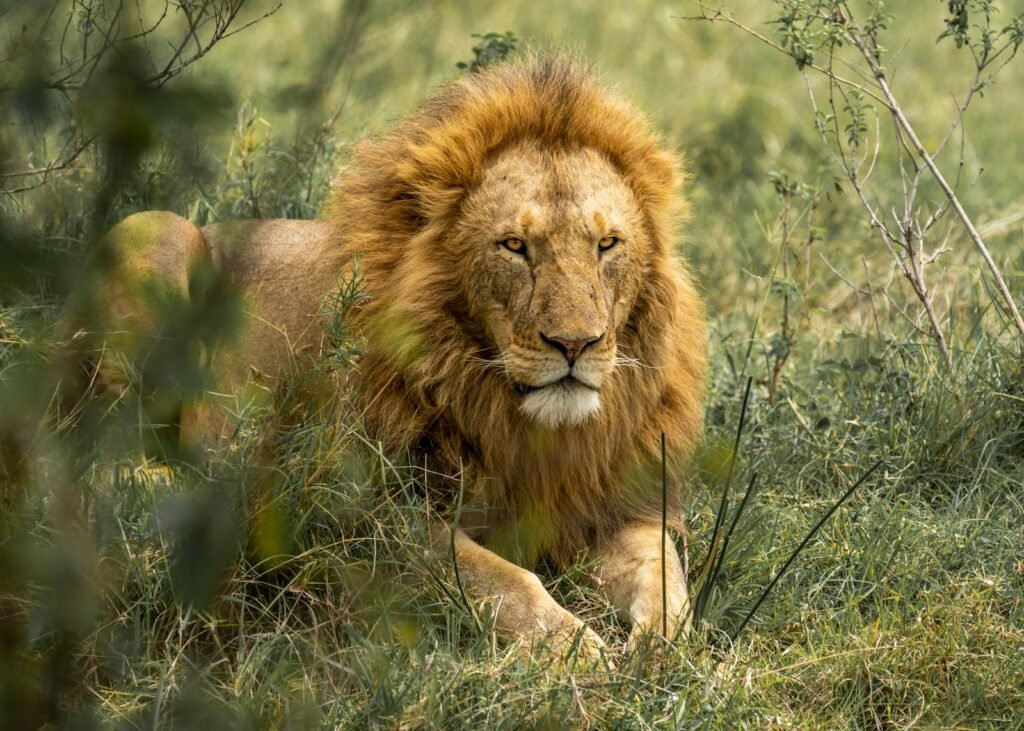
As interest grows in the intersection of music and animal welfare, future research may uncover more insights into how big cats and other large carnivores respond to auditory stimuli. Researchers aim to refine methodologies and develop more personalized enrichment programs. Collaborative efforts between scientists, zookeepers, and musicians could lead to more nuanced understanding and application of music in animal care.
The Ongoing Exploration of Music and Big Cats
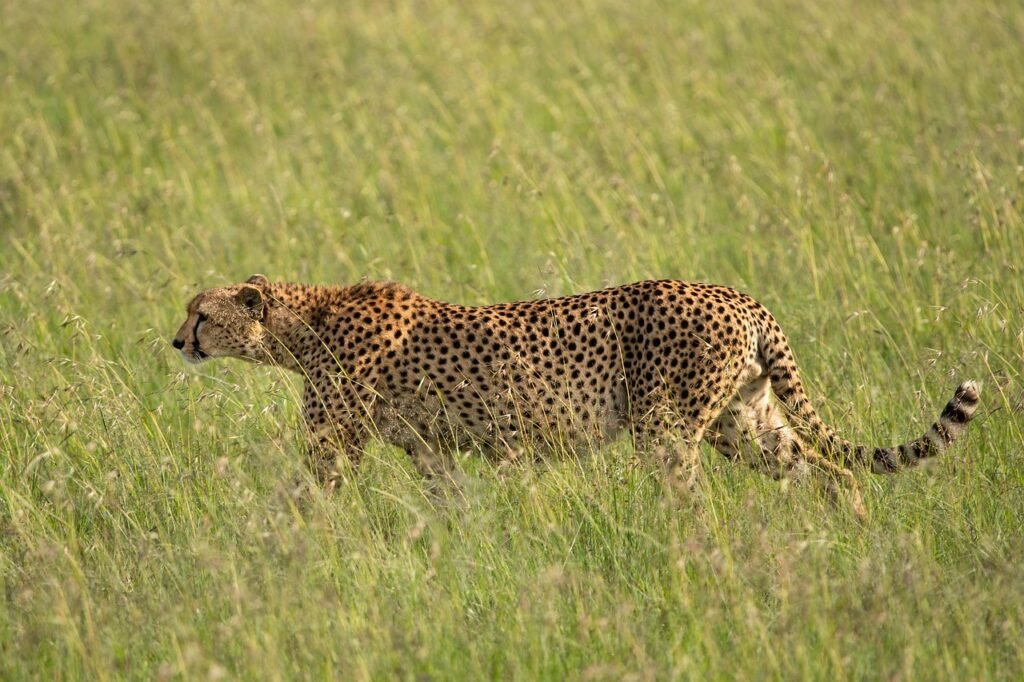
The exploration of whether big cats respond to music in captivity is a fascinating blend of science, care, and creativity. While current findings suggest some positive effects, the varied responses underline the complexity of animal emotions and behaviors. Continued research and experimentation will help enhance the quality of life for these magnificent creatures, providing both effective care in captivity and insights into their extraordinary world.

Growing up traveling and experiencing new cultures and wonders, I have had a passion for nature, adventuring, photography, and videography. I am currently working towards a BSc in Biodiversity and Ecology at Stellenbosch University, and I hope to specialise in Marine Sciences one day.
Please send any feedback to Feedback@animalsaroundtheglobe.com






